Restoration of the world's two largest Giambattista Tiepolo paintings begins
Go to the restoration work on the two monumental canvases by Giambattista Tiepolo (Venice, 1696 - Madrid, 1770) preserved on the side walls of the Chapel of the Blessed Sacrament in the Basilica of San Lorenzo in Verolanuova, a few kilometers south of Brescia. The interventions, coordinated at the scientific and organizational level by Davide Dotti and carried out by the restoration studios Monica Abeni-Paola Guerra of Brescia and Antonio Zaccaria of Bergamo under the direction of the Soprintendenza Archeologia, Belle Arti e Paesaggio for the provinces of Bergamo and Brescia, are promoted by the Fondazione della Comunità Bresciana.
The construction of the majestic basilica of San Lorenzo, the first stone of which was laid on August 10, 1633, was promoted by the noble Gambara family, one of the most powerful and influential in Brescia, which ruled Verolanuova for more than five centuries, beginning in the mid-14th century. It was precisely the Gambaras who were also the patrons of Tiepolo’s works, created around the mid-1940s: these are the world’s largest oil-on-canvas paintings by Giambattista Tiepolo, ten meters high by five meters wide, characterized by extraordinary pictorial quality and fervid compositional creativity. In addition to Tiepolo’s two masterpieces, this sacred temple with a single nave and a Latin cross plan also preserves other valuable altarpieces by Baroque painters such as Andrea Celesti, Pietro Liberi, Francesco Maffei, and Pietro Ricchi. The restoration of the paintings and their enhancement are part of a broader project to promote tourism and culture in Verolanuova in view of Brescia Bergamo Italian Capital of Culture 2023, whose territory preserves some artistic, architectural and landscape excellences such as Palazzo Gambara, current seat of the Town Hall, Castel Merlino, the large and elegant Piazza della Libertà, Nocivelli Park, the Discipline of Santa Croce and the church of San Rocco.
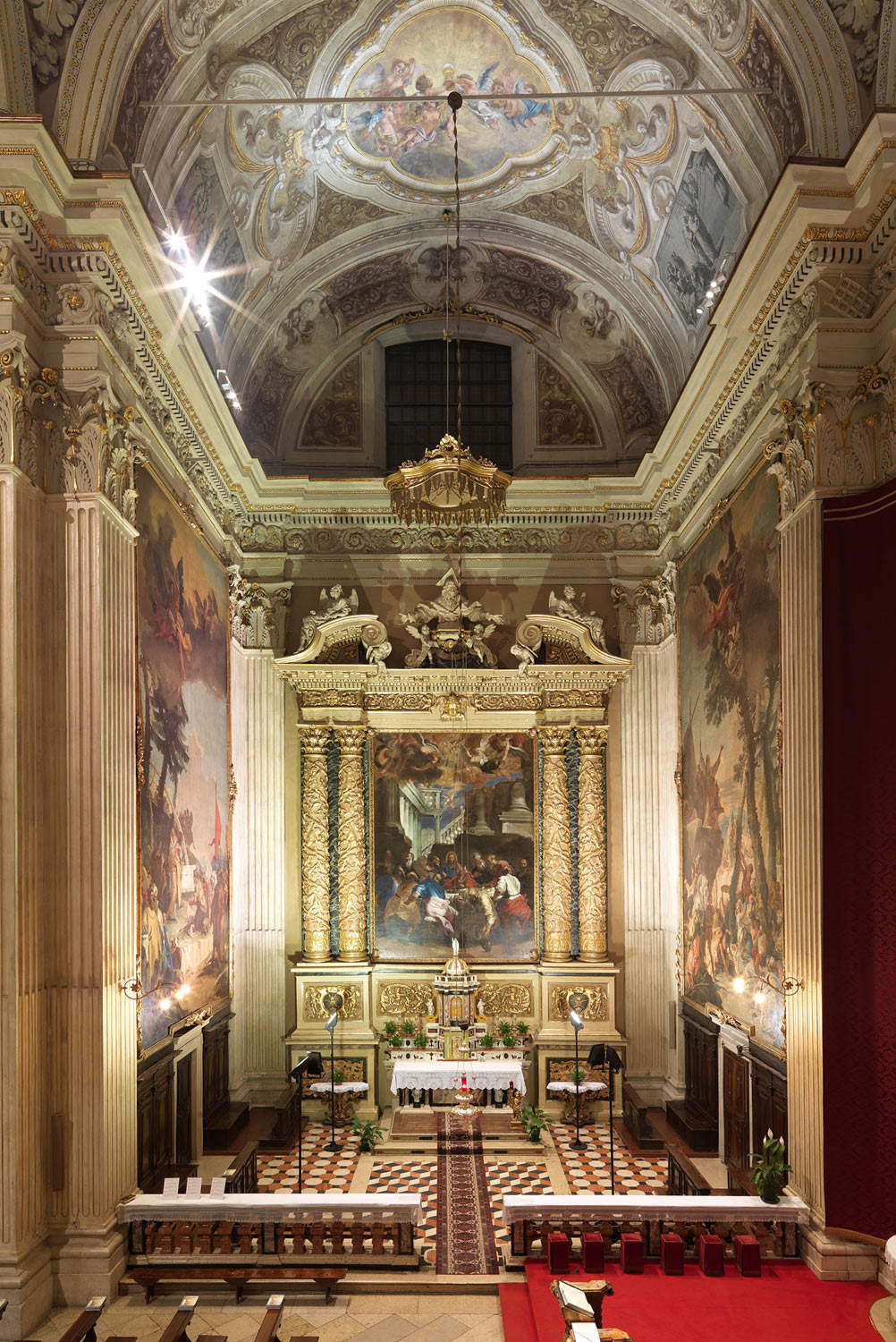 The
The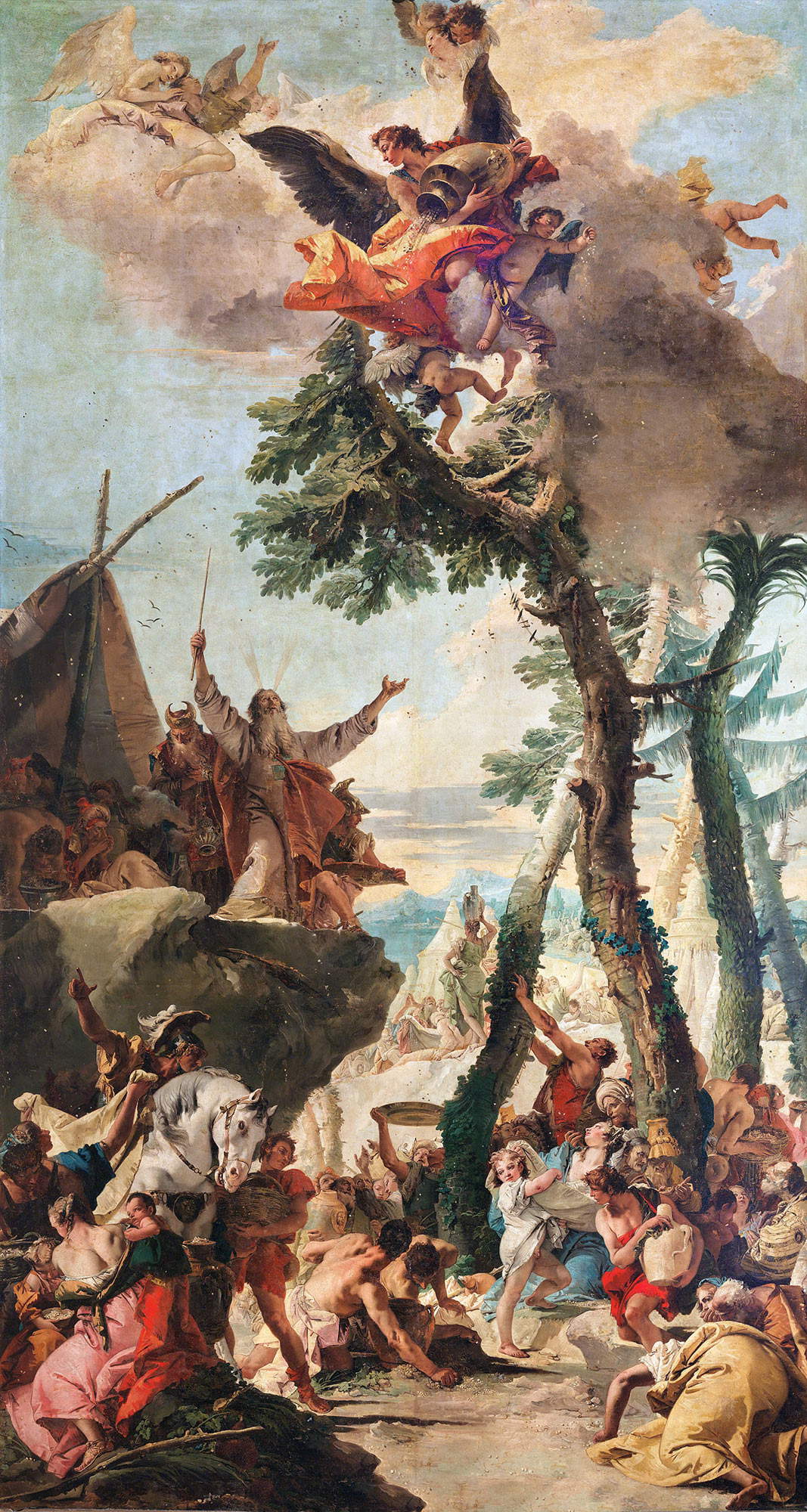
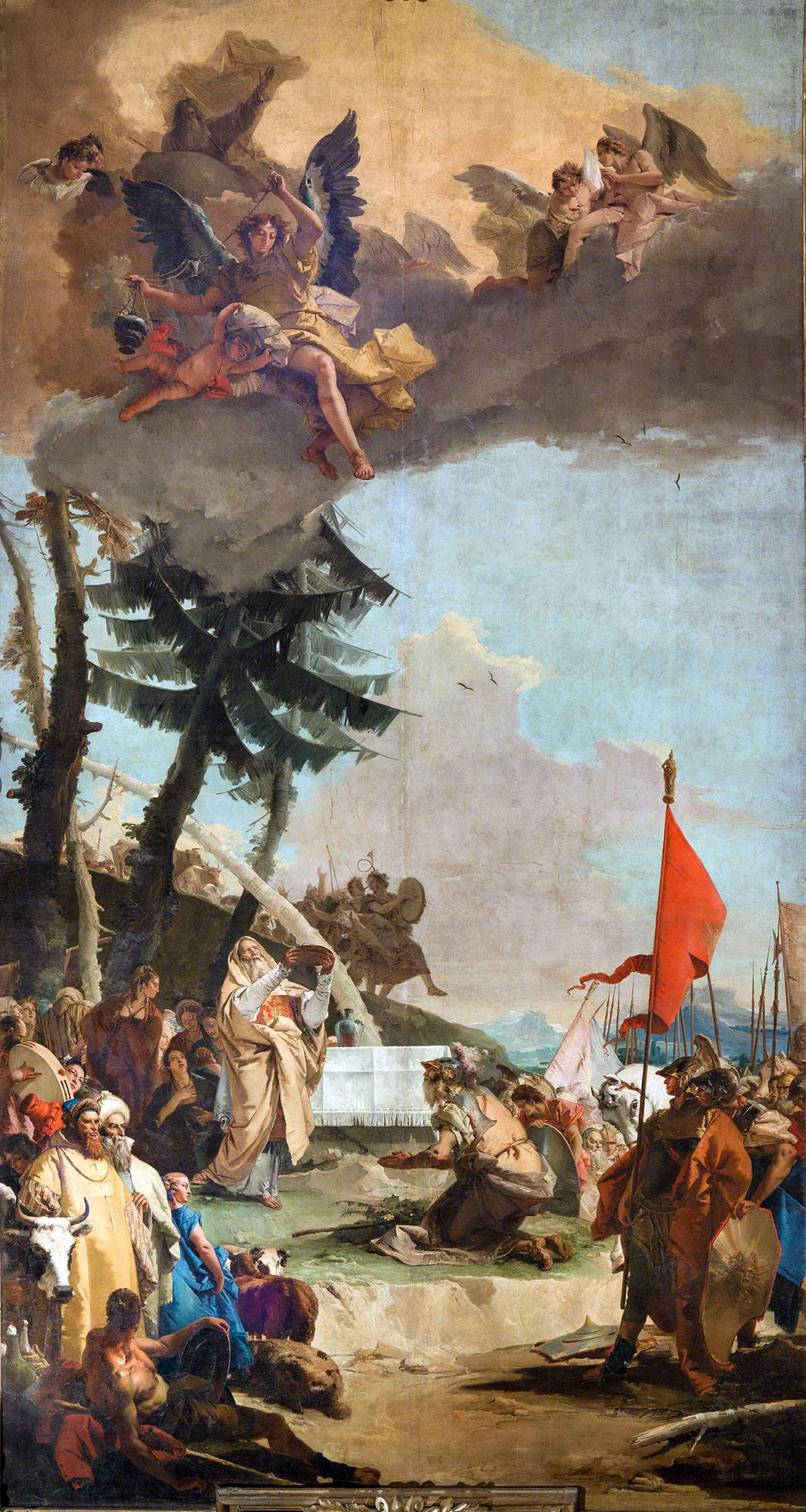
The works of Tiepolo
The Verolanuova works, created around the mid-1840s on commission from the noble Gambara family, are
The two works depict The Sacrifice of Melchizedek and The Harvesting of the Manna, and they recall the Eucharistic theme because of the presence of the bread and wine, offered by Melchizedek, king and priest of Salem, the ancient name for Jerusalem, to Abraham, and the manna, the “food of the angels,” descended by God’s will on the desert for the salvation of the Israelites after their exit and liberation from slavery in Egypt. In the first painting, the scene, set at the edge of a forest, is airy and spatially expansive, although it is populated by numerous characters arranged along the outer sides. In the center of the pictorial field are the two main characters: Abraham, in military garb and with folded hands, kneels in prayer before Melchizedek, who raises a plate containing bread to heaven. Behind him is an altar on which rests a glass jug with red wine and bread that the priest will offer to Abraham. Attending the sacrifice are men in oriental costumes, women, children, soldiers, musicians and various animals. In the upper part of the composition, angels look out from the clouds to observe what is happening on earth; in the distance, surrounded by a glow of divine light, God the Father can be seen blessing leaning on the globe, a symbol of his power over the world.
In the Gathering of the Manna, Moses, the protagonist of the Old Testament episode and recognizable by the horns of light on his head, towers in all his majesty from the rocky outcrop. Behind him can be seen a tent, inside which was perhaps kept the Ark of the Covenant. Other tents visible in the background are reminiscent of the long journey the Israelites were making in the Sin Desert, south of the Sinai Peninsula, to reach the promised land. Moses, spreading his arms wide, turns to the heavens to thank the angels who are dropping manna to feed the Hebrew people left without food who, in disbelief, scramble to gather it into plates, wineskins and baskets. Moses commanded his people to take manna according to each family’s need: only on the sixth day were they to gather twice as much because they would rest on the feast day.
The troubled conservation vicissitudes of the Verolanuova canvases are closely linked to two figures who have marked the Italian history of artistic heritage protection, namely Ettore Modigliani, the historic director of the Brera Picture Gallery and Superintendent of Lombardy, and restorer Mauro Pellicioli. Modigliani in 1911 promoted the first restoration and lining of the two paintings, but already the following year it was necessary to redo the work. In 1918, to shelter them from the dangers of war, they were rolled onto a large wooden cylinder and given to Modigliani to be sheltered in Rome, in Palazzo Venezia. In 1920, upon their return to Verolanuova, a new restoration was carried out, supervised by Francesco Annoni and Mauro Pellicioli. In order to save the two works from the bombings of World War II, the paperwork for their transfer was again initiated. However, the conflict ended before long negotiations between the Curia of Brescia and the Fabbriceria of Verolanuova led to an agreement. In 1952 Pellicioli carried out a further restoration in the course of which the Sacrifice of Melchizedek was again re-lined, while on the Collection of Manna the operation of color transport was performed, that is, the transposition of the pictorial film from the original canvas to a new canvas. The traumatic intervention will definitively diverge the conservation future of the Gathering of Manna from that of the Melchizedek Sacrifice, which, to date, presents a better state of preservation.
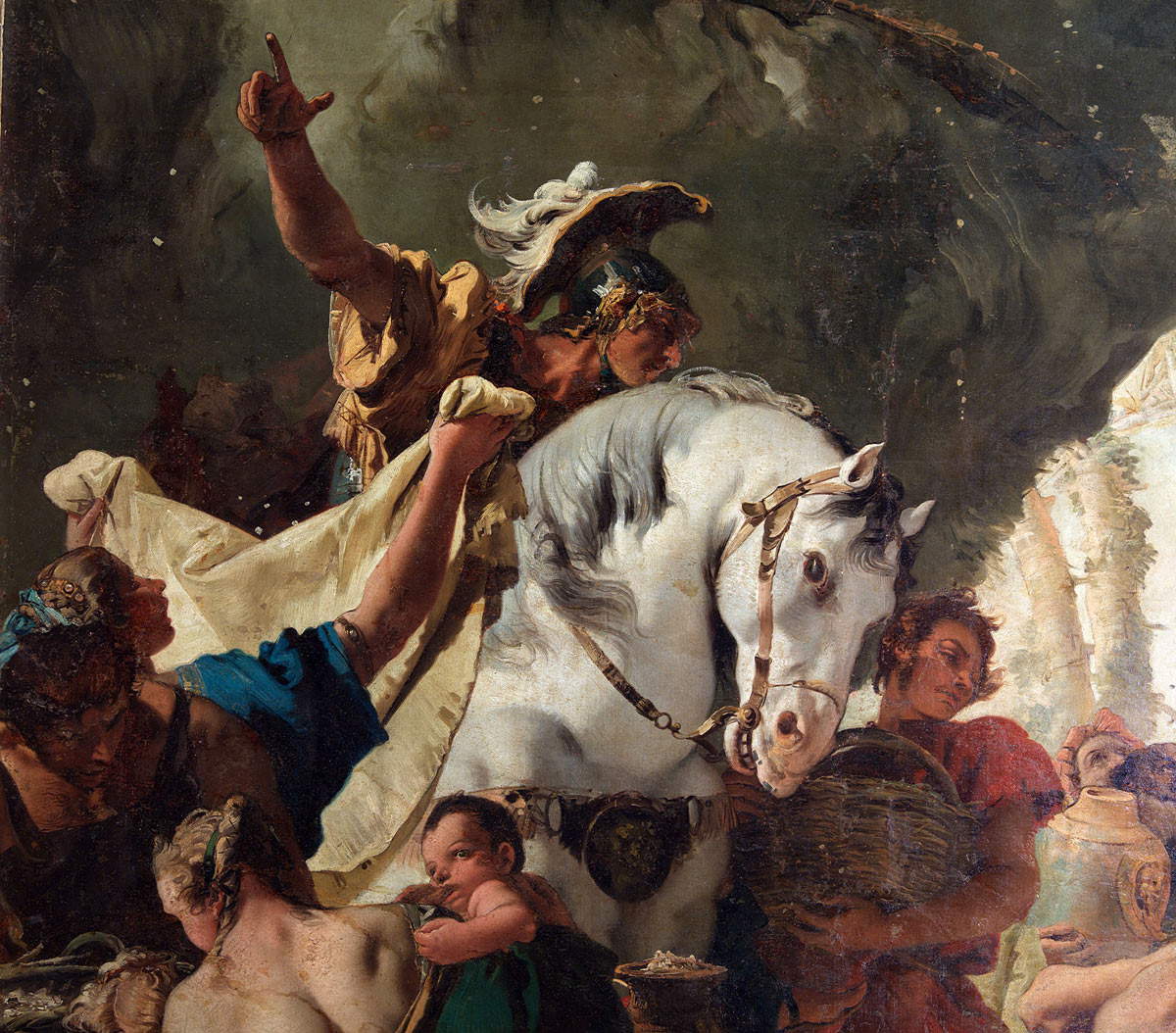
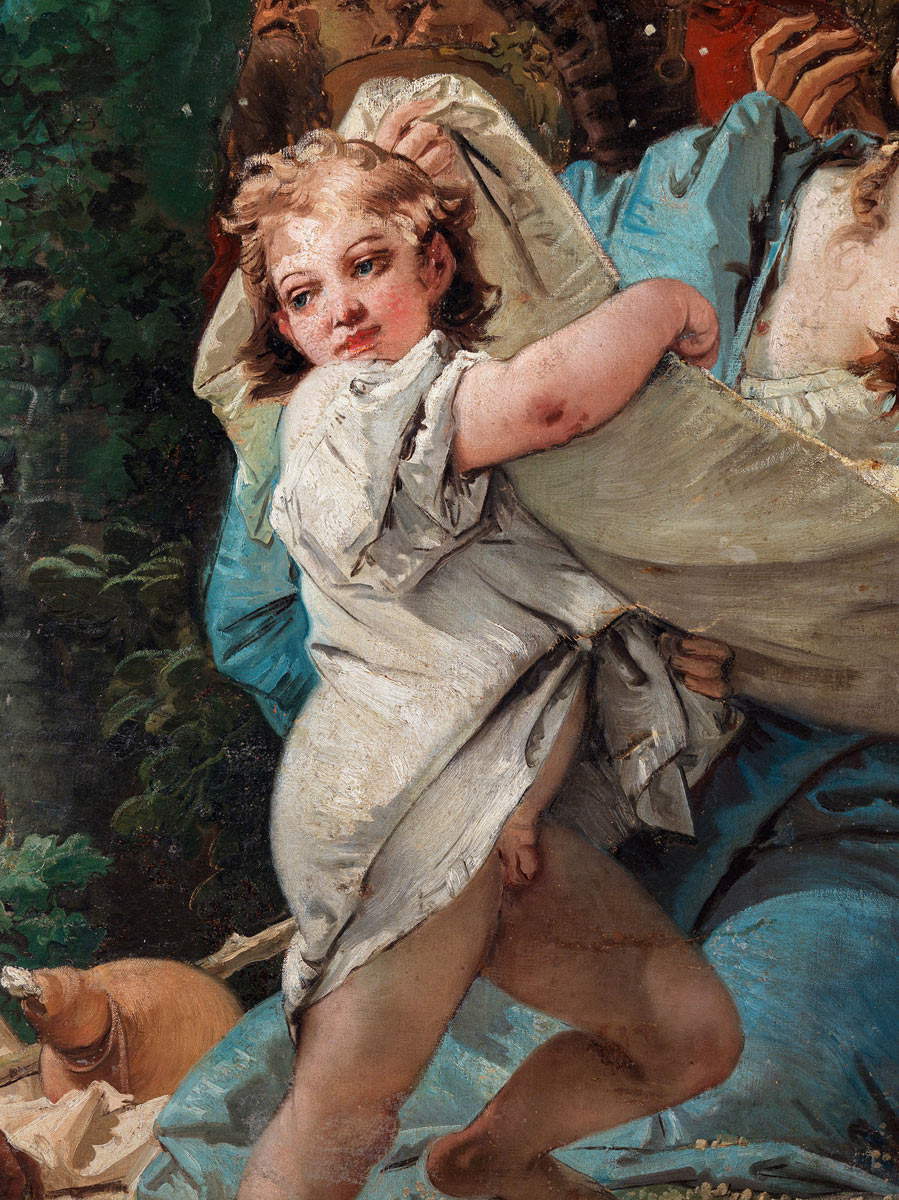
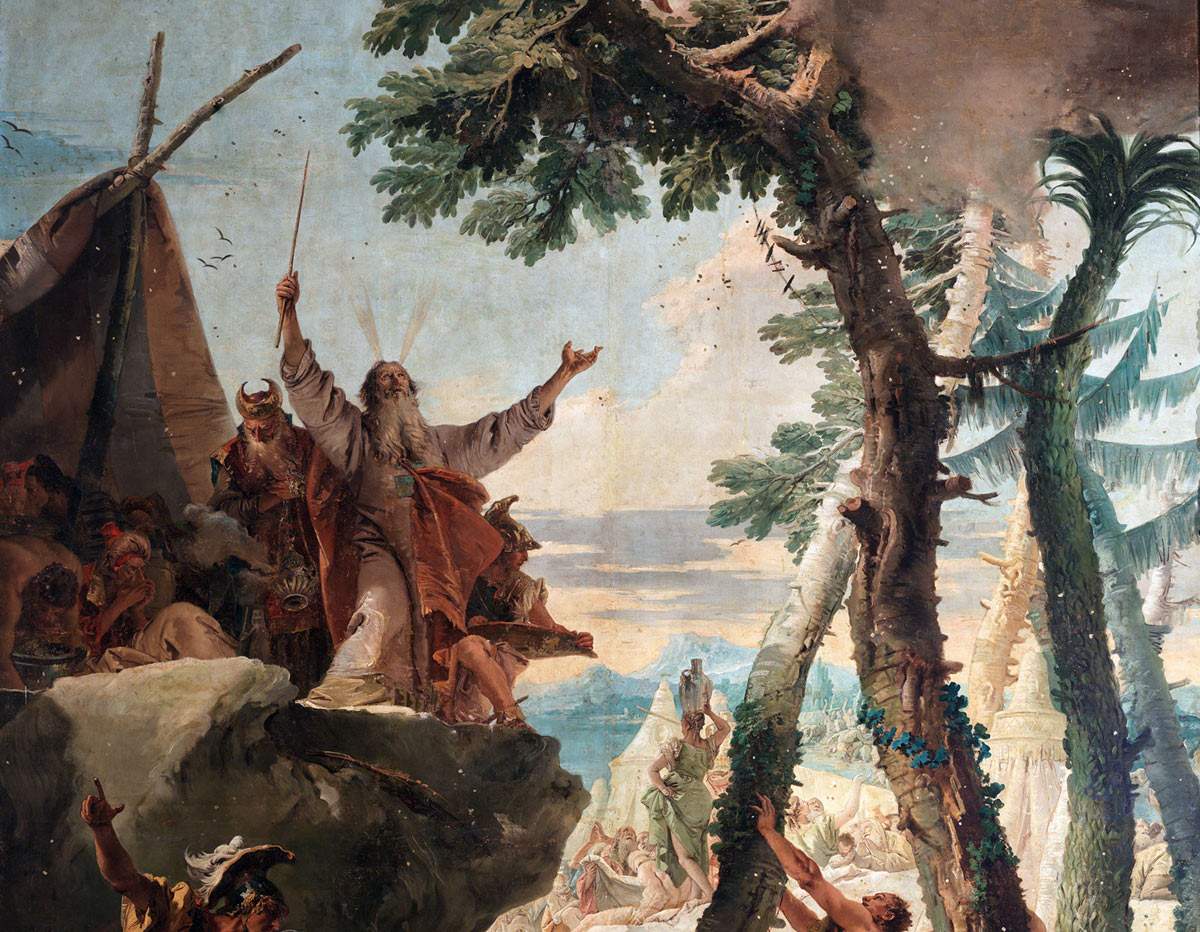
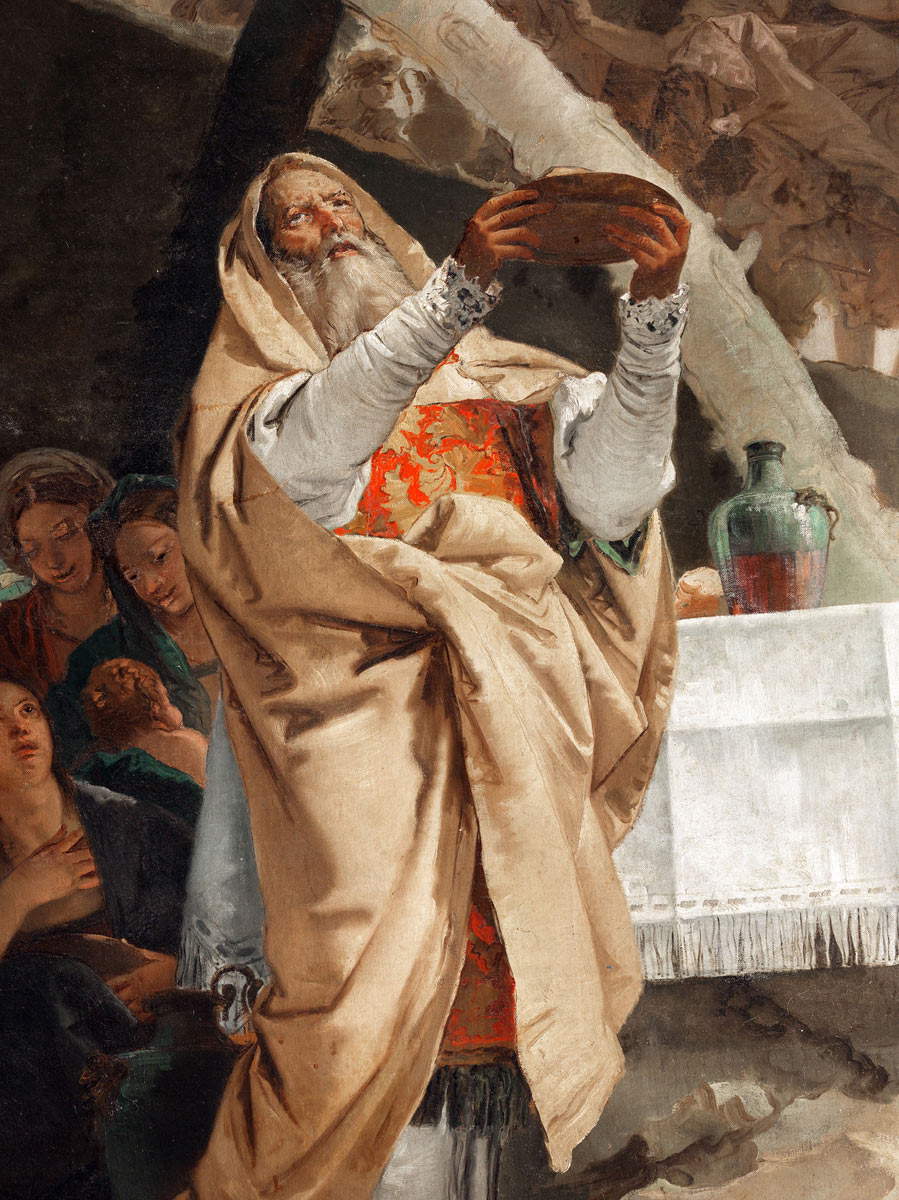
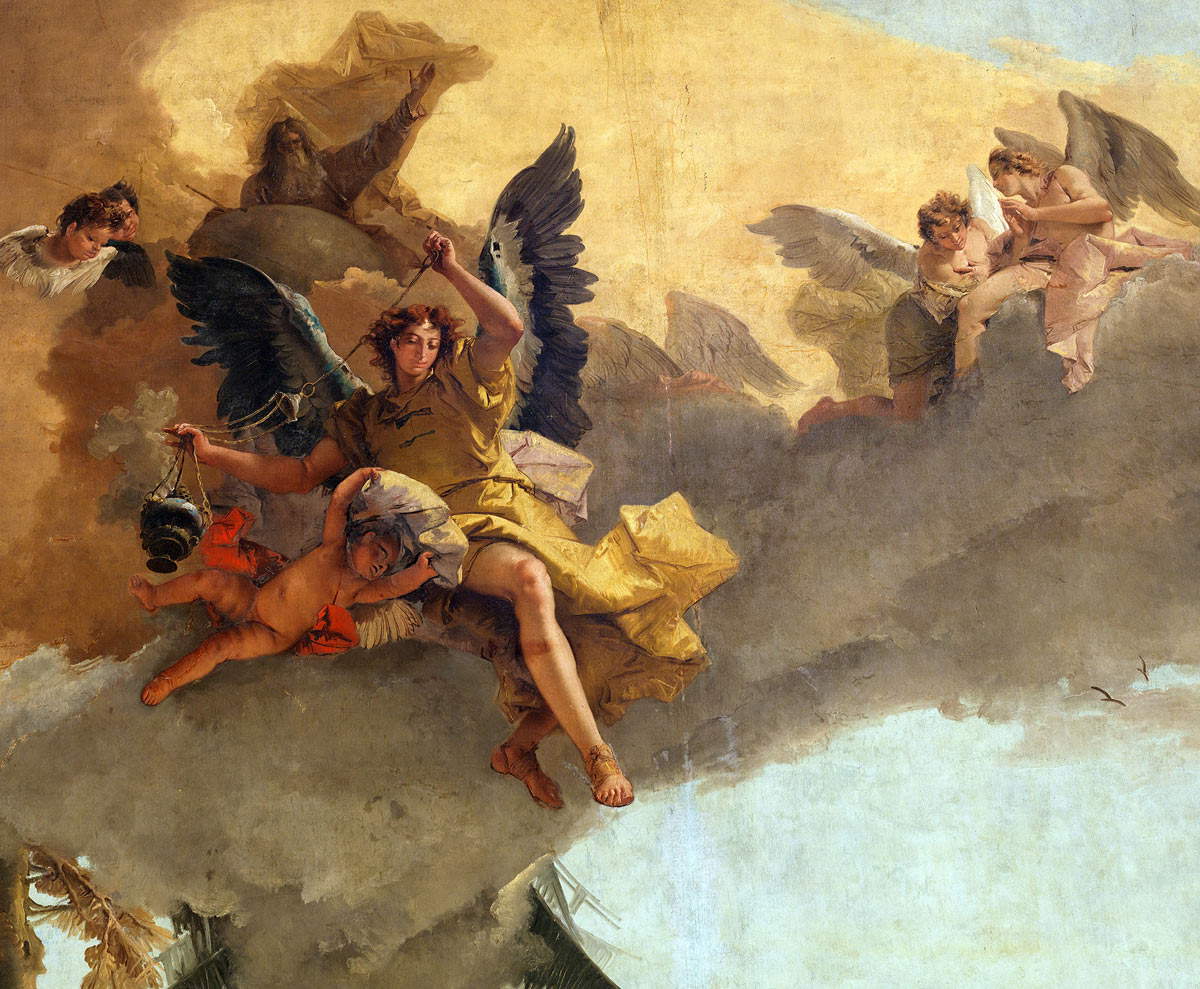
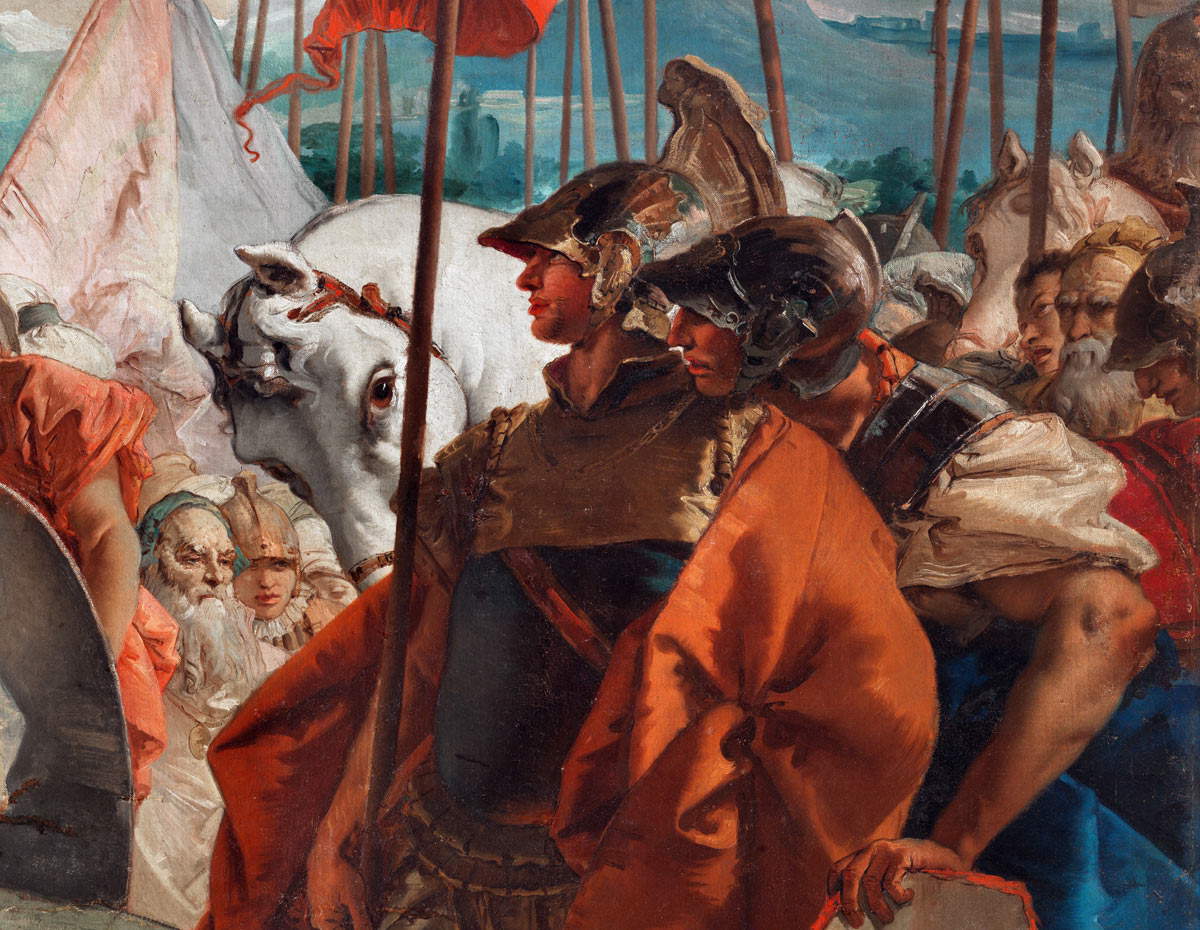
The statements
“It is an honor,” says Davide Dotti, “to coordinate on a scientific and organizational level an event of such high artistic and cultural relevance as the restoration of the two extraordinary canvases by Giambattista Tiepolo preserved in Verolanuova, to be counted among the greatest masterpieces not only of Italian, but European, painting of the 18th century.”
“Christianity, since the first centuries, has found in art an ally for the proclamation and knowledge of the faith,” recalls Fr. Lucio Sala, pastor of the Basilica of San Lorenzo. “In our basilica we have an example of how authors of great value depicted moments from the life of Christ, saints or biblical characters. These include Giambattista Tiepolo, who depicted for the Blessed Sacrament chapel The Fall of the Manna and The Sacrifice of Melchizedek. We are therefore indebted to these artists, their works and the Verolians of the past, thanks to whom we can admire so much splendor. It is our duty today to take care of these masterpieces even when, due to the passing of time, they manifest their fragility. That is why we thought of supporting a restoration project that will bring the two Tiepolesque canvases to show themselves again in all their beauty and continue to play their role as an illustrated Bible.”
“Art and beauty are an absolute value that any individual in the world can recognize. The restoration of the Tiepolo altarpieces,” says Stefano Dotti, mayor of Verolanuova, “will be the real opportunity to enhance Verolanuova, its historical-architectural heritage, rediscovering our roots that find a great reference in the Gambara family. Verolanuova citizens consider the two great Canvases an almost personal asset, of which they are extremely proud and almost jealous. With this spectacular intervention Verolanuova will become an important cultural center hooked to the Brescia-Bergamo year of culture at the national level. On this occasion we will finally be able to show everyone that living in Verolanuova and in the Brescia plain is a great opportunity, for the services present, for the many leisure time opportunities and in general for the quality of life, for which Verolanuova boasts the record at the provincial level. Thanks on behalf of all citizens to the Sponsors of this important initiative.”
“It is with true pleasure that the ABAP Superintendency for the provinces of Bergamo and Brescia,” says Angelo Loda of the superintendency, “has been involved from the outset in the planning of one of the most significant restoration projects for our territory in recent years, and cannot refrain from thanking all those who have contributed to the realization of this worksite. The Foundation is particularly proud to promote this important intervention,” says Alberta Marniga, President of Fondazione della Comunità Bresciana. Thanks to the generosity of a Fund established at our Foundation, Tiepolo’s extraordinary works will soon be able to be admired again in all their splendor. This is a project that will certainly fit within Bergamo Brescia Capital of Culture 2023, whose schedule will involve not only the two capitals, but also their respective provincial territories."
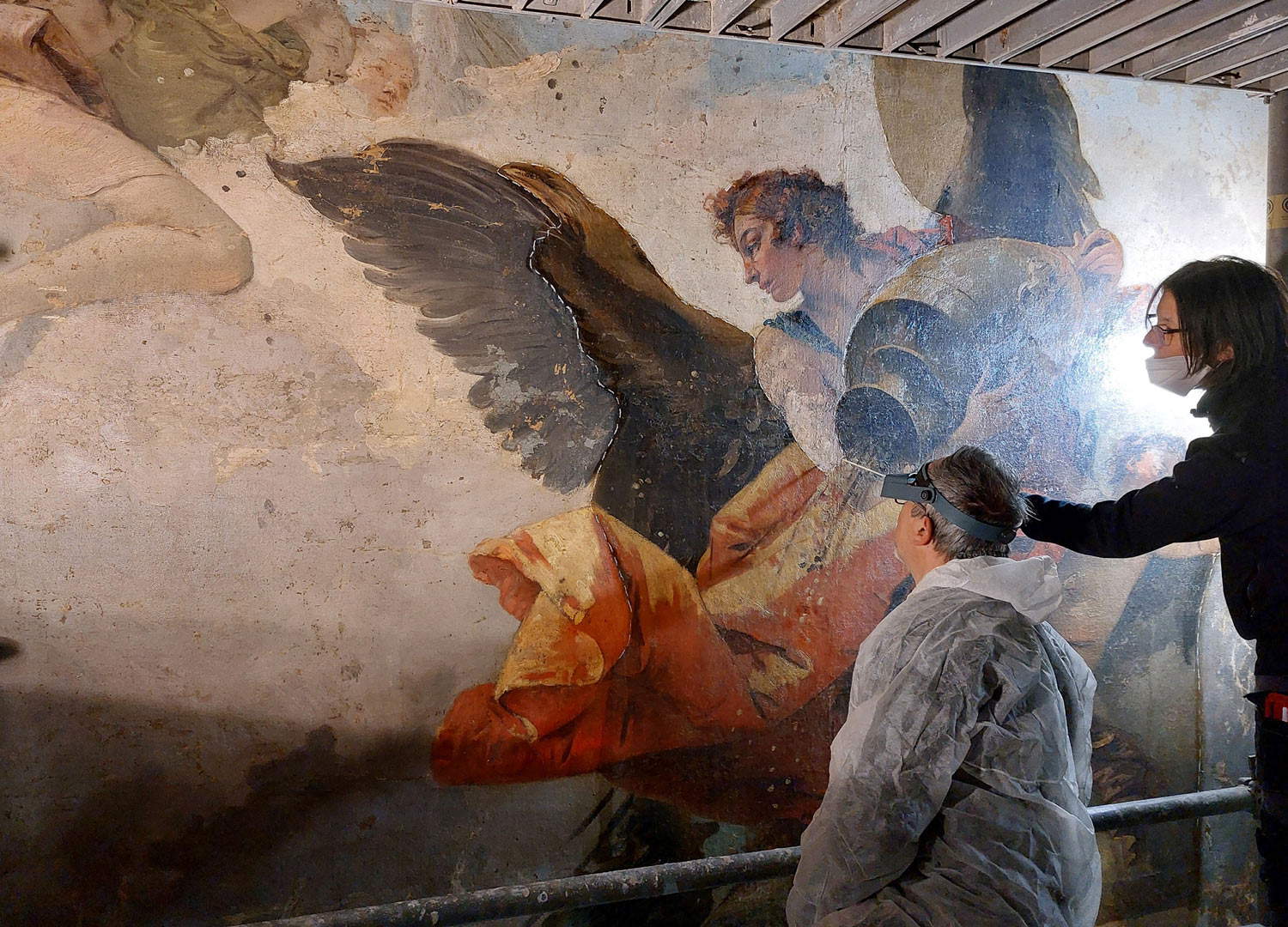
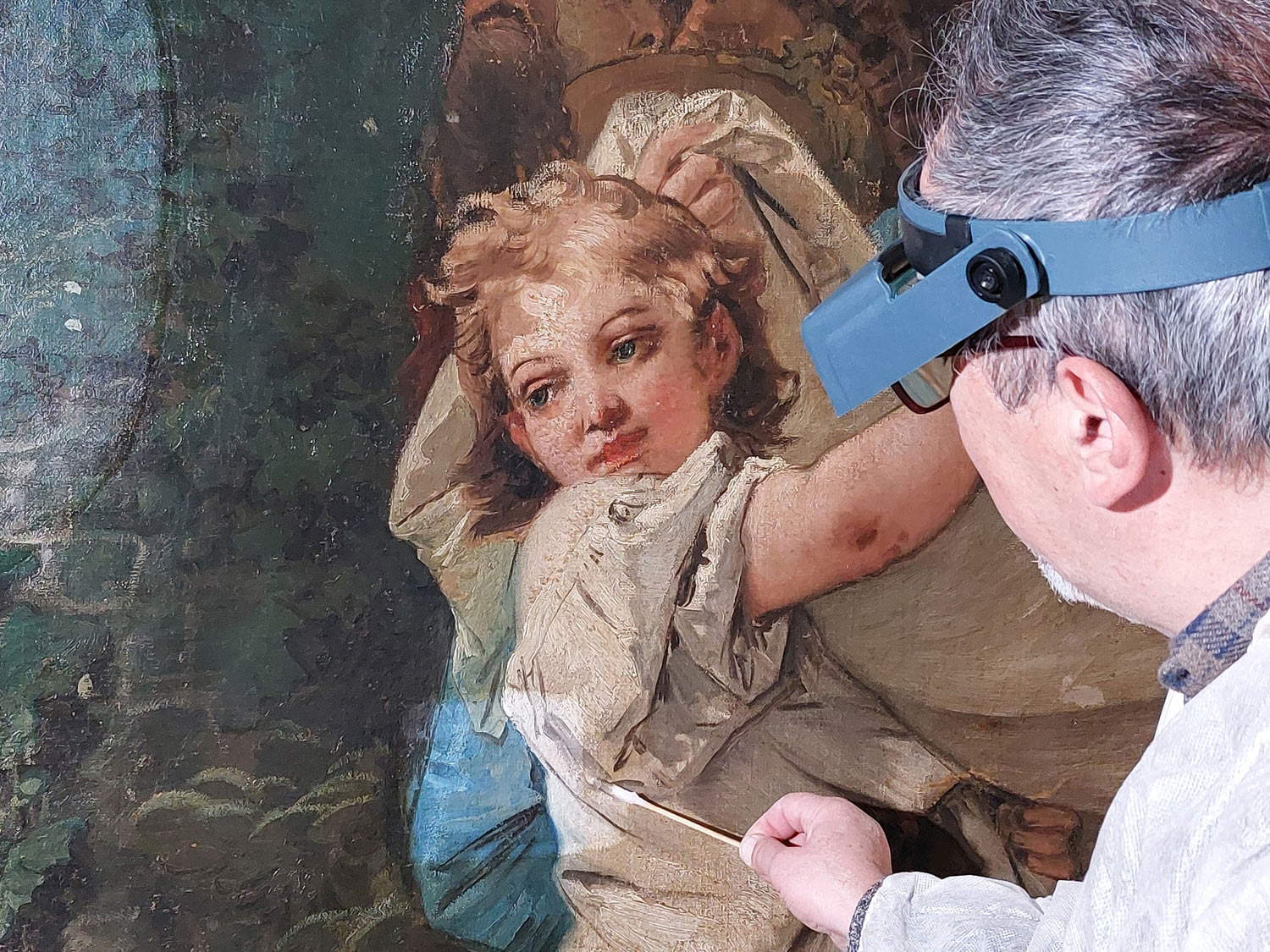 Restoration of the works of
Restoration of the works of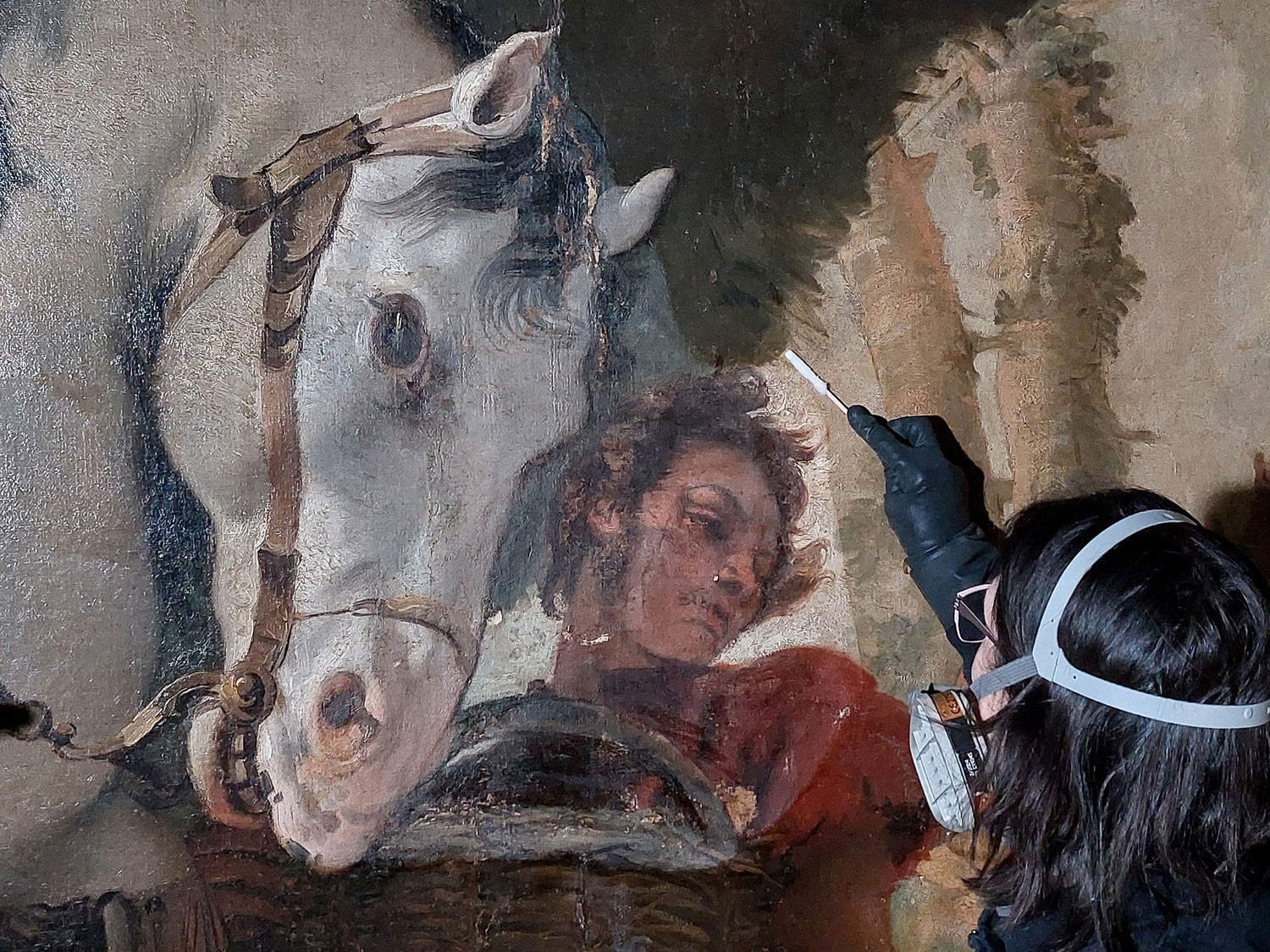 Restoration of the works of
Restoration of the works of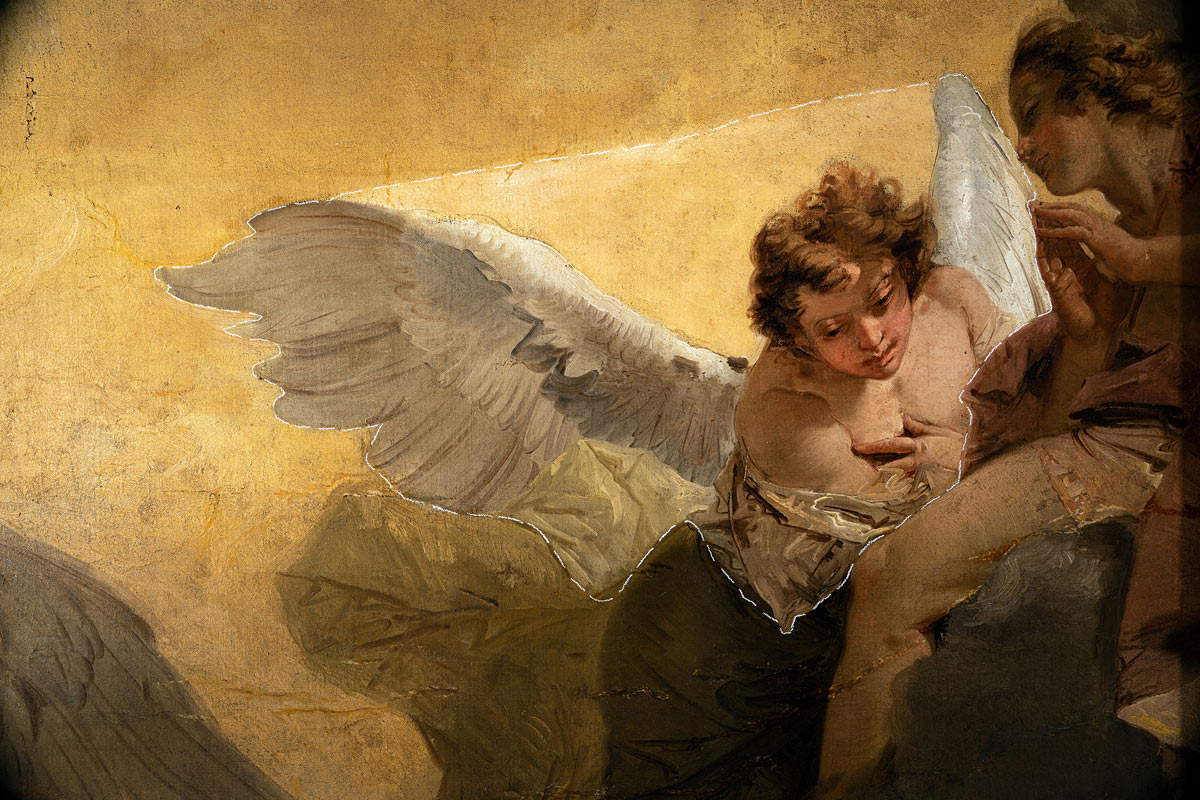
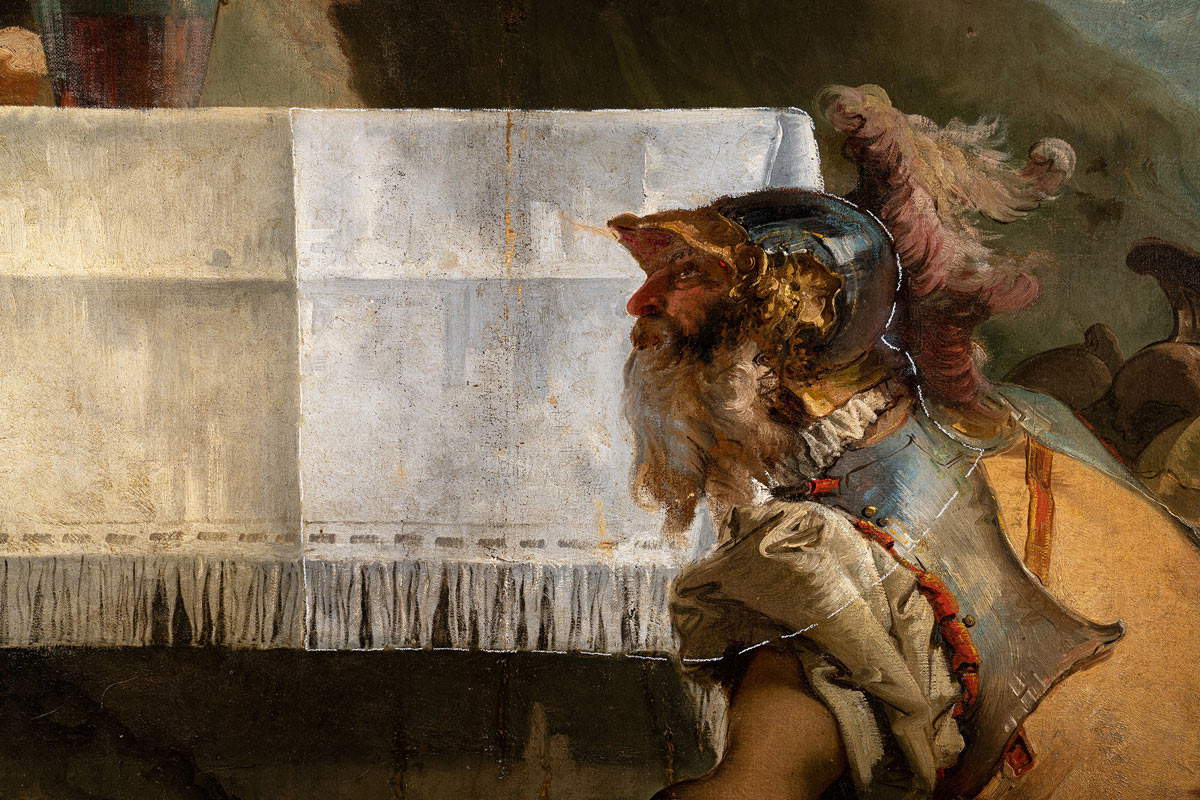
 |
| Restoration of the world's two largest Giambattista Tiepolo paintings begins |
Warning: the translation into English of the original Italian article was created using automatic tools. We undertake to review all articles, but we do not guarantee the total absence of inaccuracies in the translation due to the program. You can find the original by clicking on the ITA button. If you find any mistake,please contact us.




























